Exterior
We’ve already had one case featuring a wooden front panel. But it might not be “big enough” for someone’s needs, which the XL variant now addresses. Among other things, in this article you will also find tests with two different fan configurations. And also a comparison of cooling with the smaller North Mesh model. And not only with it, we already have a total of 25 other cases in the database for comparison.
Basic parameters
| Parameters | Fractal Design |
| North XL | |
| Supported motherboard formats | Mini-ITX, mATX, ATX, E-ATX |
| Supported PSU format | ATX |
| CPU cooler | up to 185 mm |
| Graphics cards | up to 413 mm |
| Fan | 1× 80 mm/7× 120 mm/6× 140 mm (3× pre-installed)/2× 180 mm |
| Supported liquid radiators | 1× up to 360/420 mm + 1× up to 280/360 |
| 2,5" positions | 2 + 2 shared |
| 3,5" positions | 2 shared |
| 5,25" positions | 0 |
| Dimensions [H/D/W] (and volume) | 509 × 503 × 240 mm (57,5 l without feet) |
| Weight | 11.9 kg |
| Materials | steel + plastic + wood + faux leather |
| Connectivity | 2× USB 3.2 gen. 1 type A + 1× USB 3.2 gen. 2 type C + 2× 3,5mm jack |
| Approx. retail price | 170 EUR |
Exterior
Everything came in a standard cardboard box, with foam padding protecting the contents. In the accessories there are only the basic things for installing the components into the case. You’ll find various screws, anti-vibration pads for an HDD and also single-use zip ties. As is customary with the Fractal Design brand, the instructions are detailed with illustrations of the tasks involved.
Compared to the previously tested variant, it can be seen at a glance that this is a larger case. But this time in a version with tempered glass instead of perforations. The glass is 2.85 mm thick, while the Swedish manufacturer declares a value of three millimeters. The side panel is secured in the rear frame of the case via two screws. These still hold on the side panel even when loosened, so you’re sure not to lose them. I am a little disappointed, however, that a tool-less ratchet system is not used here, as with the smaller North case. Especially when it is a case that is already in a higher price range.
The solid right side panel is fixed to the case in the same way as the left side panel. It fits into the frame and is secured from the back with screws at the top and bottom. The thickness of the sheet metal side panel is 0.85 mm. This makes it sturdy in proportion to its surface area and shows no signs of bending during standard handling.
The front panel mask is the main attraction of the North case series. Oak is used for the white case and walnut wood for the black variant. The wood used by Fractal, by the way, is FSC certified. This ensures that the wood comes from responsibly managed forests. The front panel can be removed using the bottom cut-out, but this does not spoil its integrity. The back side of the panel hides a nylon dust filter that protects the interior from even fine dust. The filter is easy to slide out, making cleaning quick and practical.
Behind the front panel you will find a trio of 140 mm Aspect 14 PWM fans. Their colorful variant behind the nylon filter ranks in the top spots in tests of airflow and also static pressure. If you’d still like to replace them, you have room for three 120mm fans or a 360/420mm liquid cooler radiator. For the 420 mm format, only a radiator up to 40 mm thick is compatible.
A decent I/O panel of the case is located just above the front panel. There are three USB connectors, one of which is the faster Type-C. There are separate 3.5mm jacks for headphones and microphone. The last part of the I/O panel is the on/off button for the computer. Its design is precise, requiring only a shallow press to activate the switch. The activation itself gives an audible but also tactile feedback. All the elements on the function panel are intersected by a line, at the end of which there is an LED indicating that the computer is switched on.
The rest of the top part is made up of perforated sheet metal, which is inserted directly onto the frame of the case. The holes on it are 0.9 mm in size. Through them, fine dust is able to get inside the case when the system is switched off. With it switched on, when the heat rises up, I don’t see this as a problem. It hides positions for three 120, two 140 or 180 mm fans directly underneath. Of course, a liquid cooler radiator up to 280/360 mm will also fit in here. But here you have to watch out for possible collisions resulting from the size limits of the case. If a 420 mm radiator is installed in the front, a 360 mm radiator will not fit under the ceiling. A smaller format (280 mm) should be chosen.
But the sheets are more delicate in these positions than I would have expected. The bending can be noticed even with minor manipulation. Newly in the XL version, you will also find a 26.5 mm diameter hole on top. This is used to refill the fluid in liquid coolers.
The white cover of the I/O panel can also be removed. This increases the accessibility to the connector cables and power button, which simplifies accessibility in case of service intervention.
Only a faux-leather handle protrudes from the top of the back, which serves to pull the top panel. Personally, I didn’t use it once, rather I had difficulty keeping the panel in place while handling. It holds relatively weakly in position. The rest of the back is largely perforated. Under the ceiling, along the motherboard opening, you can place a 120 and newly also a 140 mm fan. In the center, there are seven caps for PCI Express expansion cards. These are adapted with their openings so that a single 80 mm fan can be placed under the graphics card (a two-slot one). This can be used for better ventilation or also to supply cool air under the graphics card. The bottom part belongs to the opening for a PSU along with a frame, so it gets inside the case from the back and not from the side. Next to it, you will also find a single Velcro strip for better cable organization outside the case as well.
Four feet with non-slip protection hold the case effectively in place above the ground. The bottom is raised by 19 mm thanks to them. Below the PSU position you will find a single square nylon filter, so you don’t have to worry about any particles being sucked in directly from the ground. Five threaded holes in the middle of the case indicate the number of positions for mounting data storage in the tunnel.
- Contents
- Exterior
- Interior
- Testing methodology
- CPU and GPU cooling tests
- Motherboard cooling tests
- SDD cooling tests and under-ceiling temperature
- Conclusion





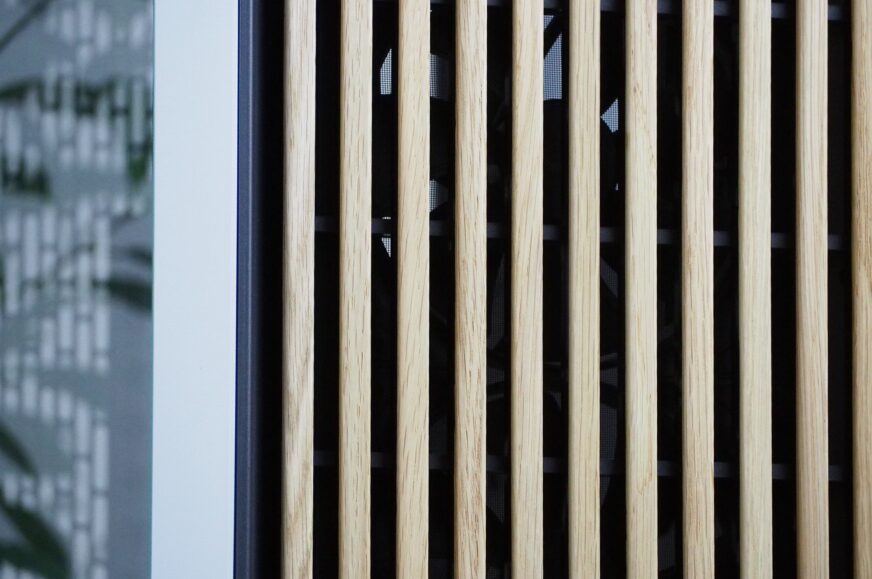
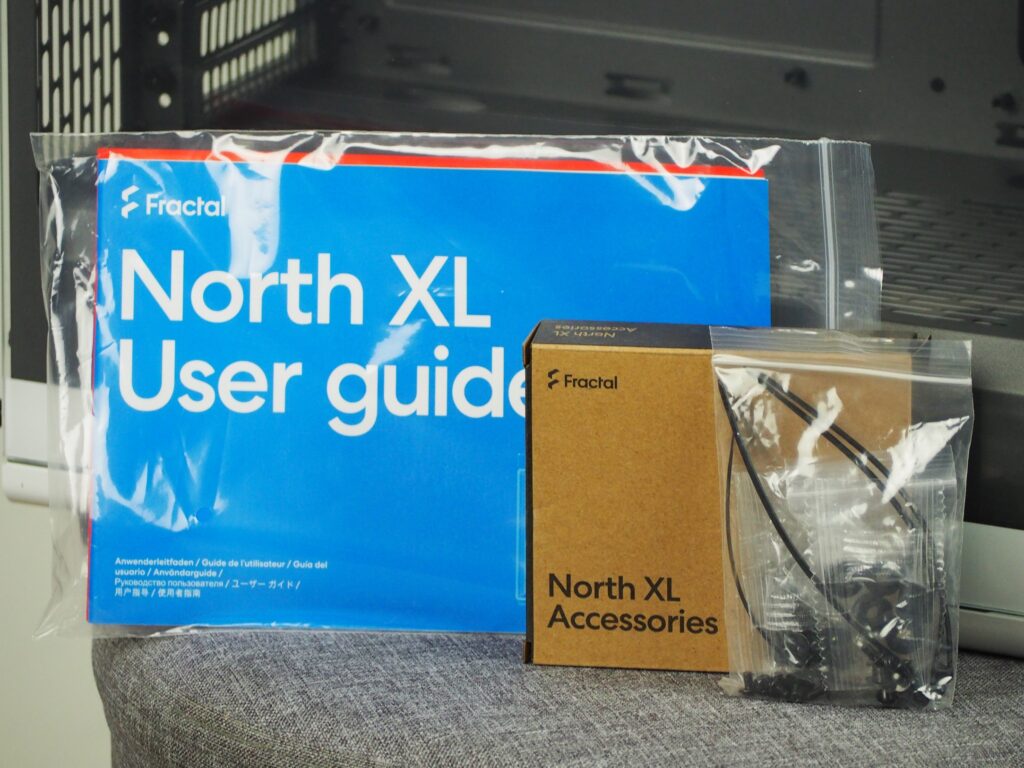
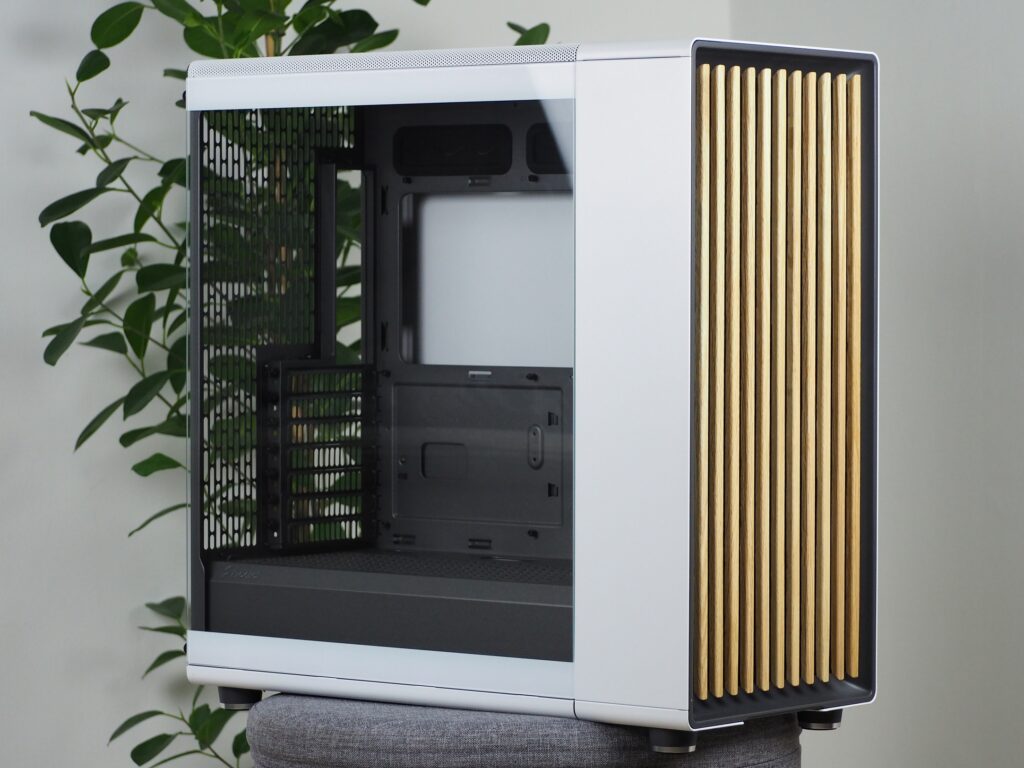
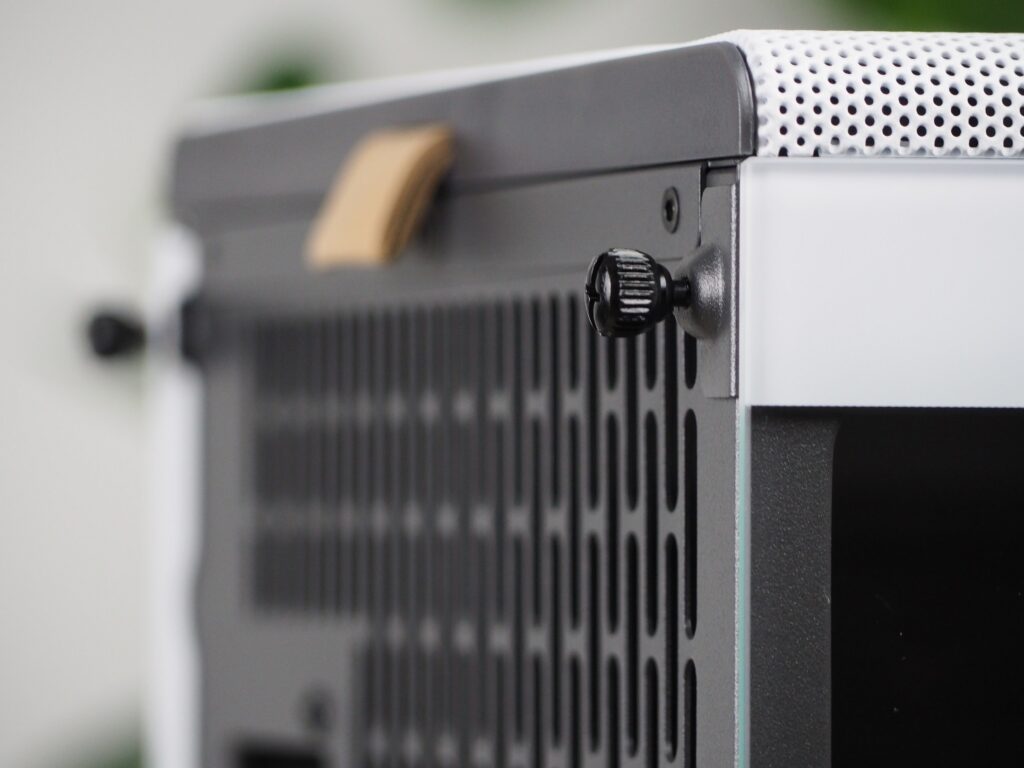
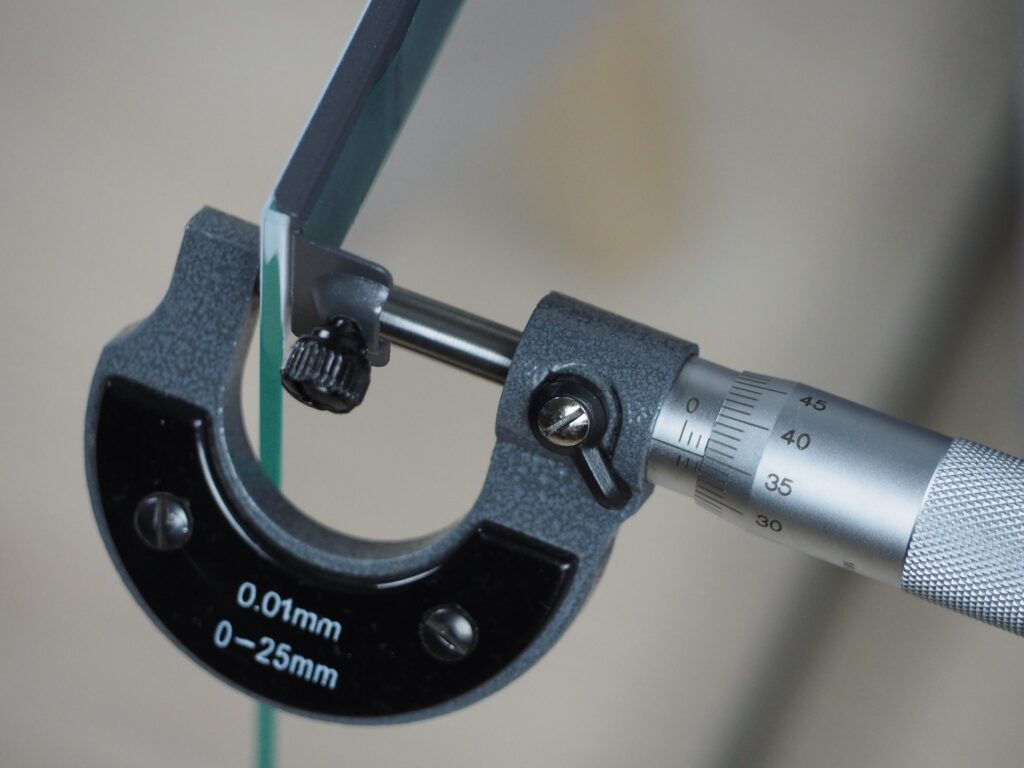
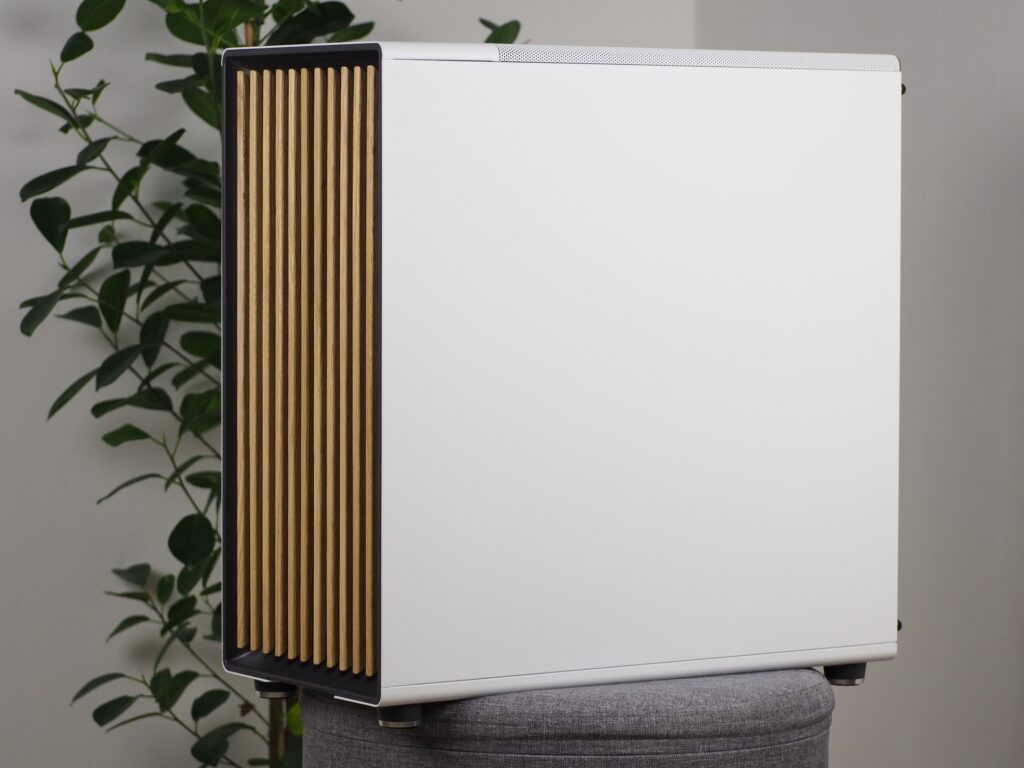
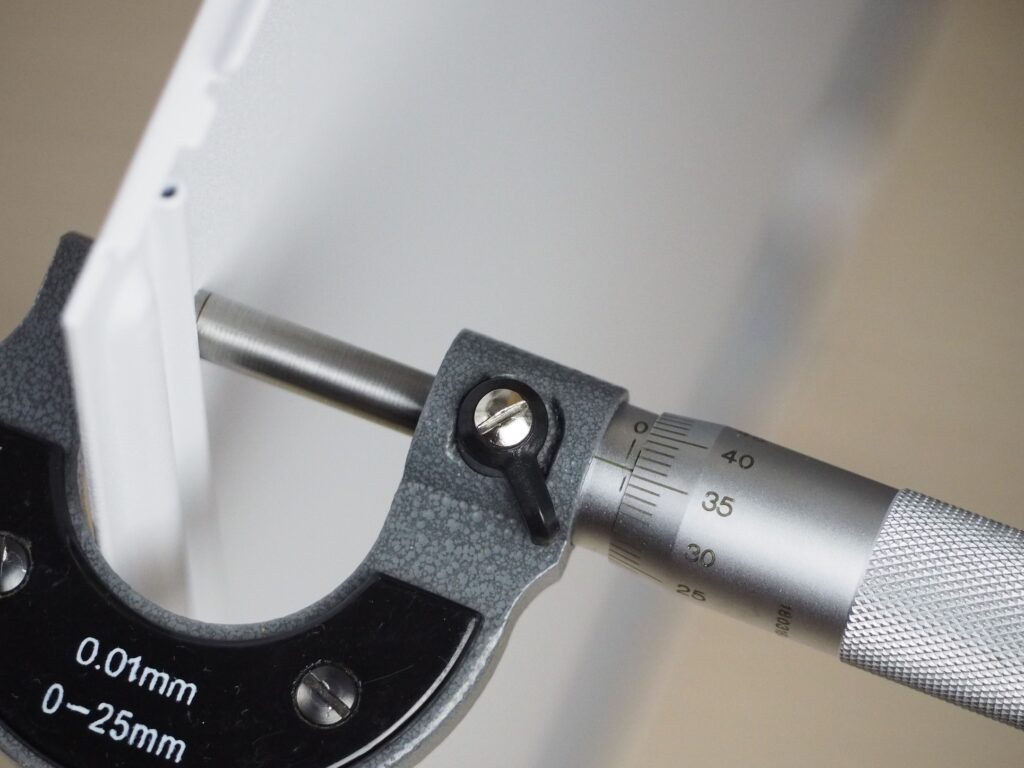
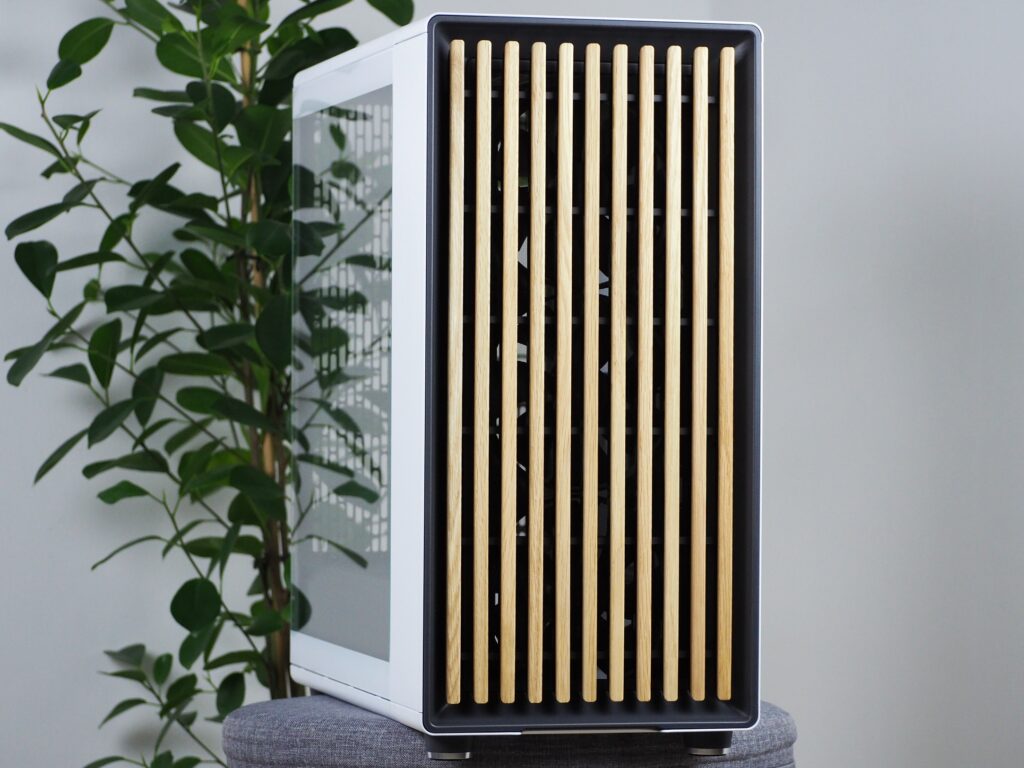

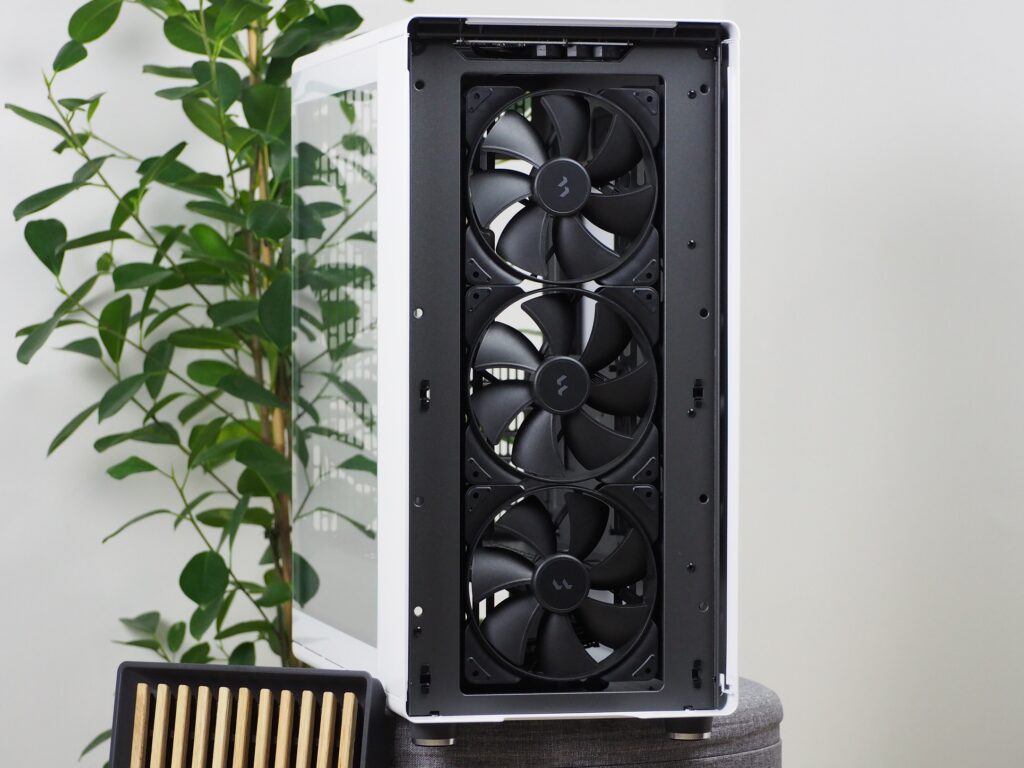
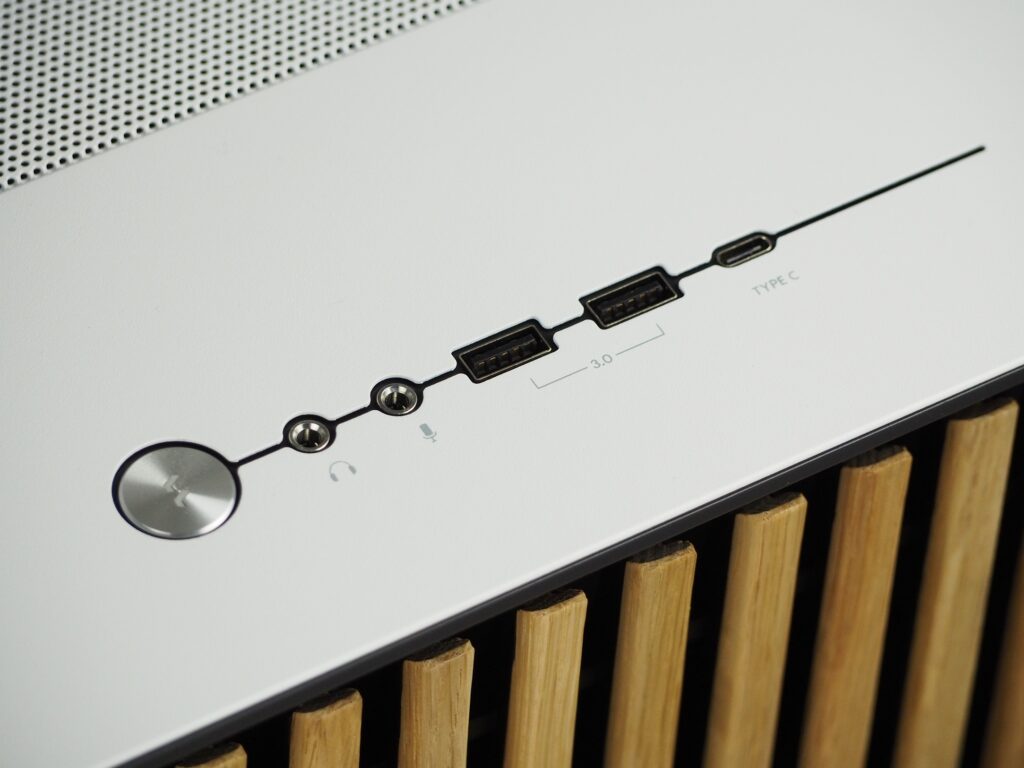
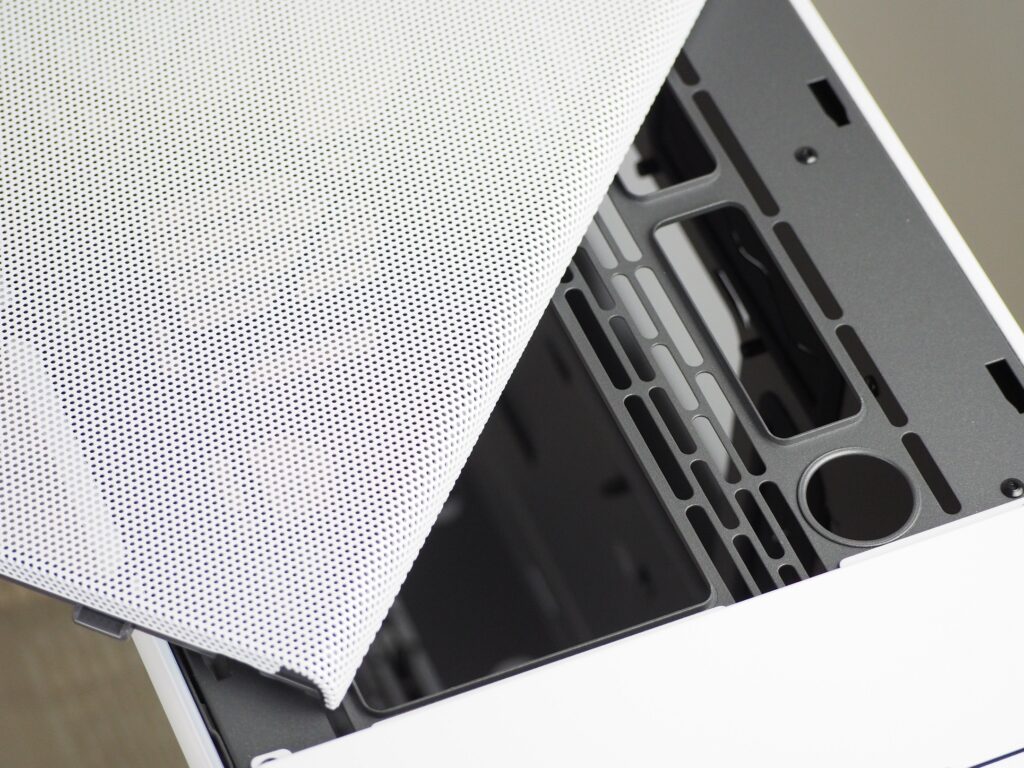
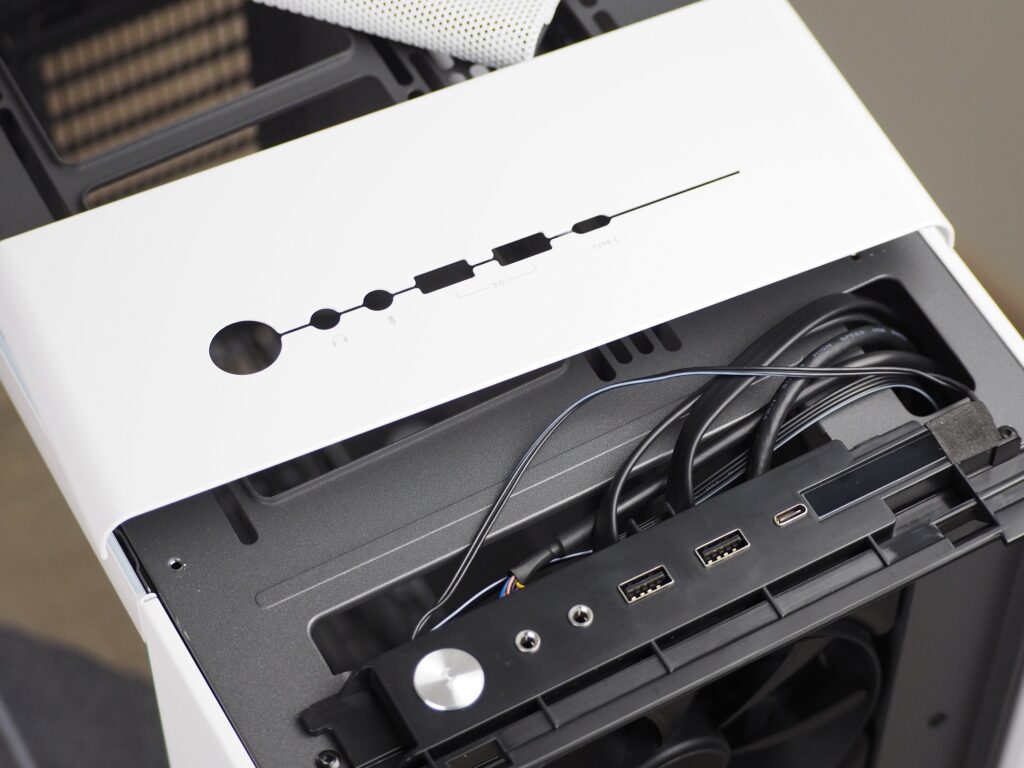
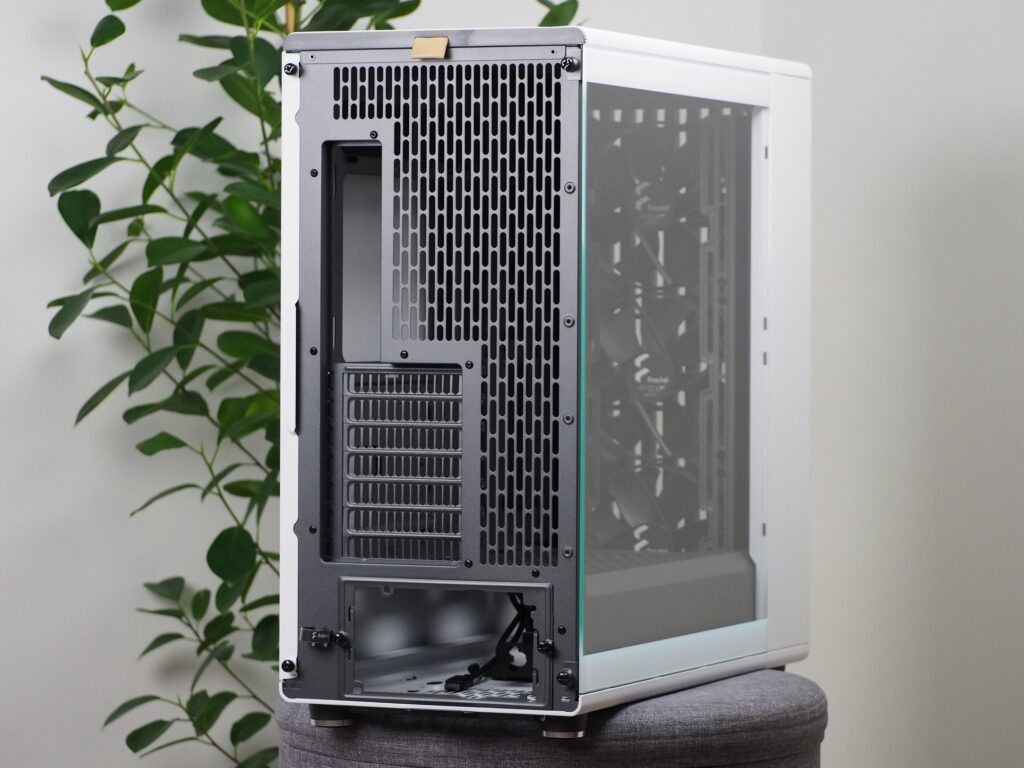
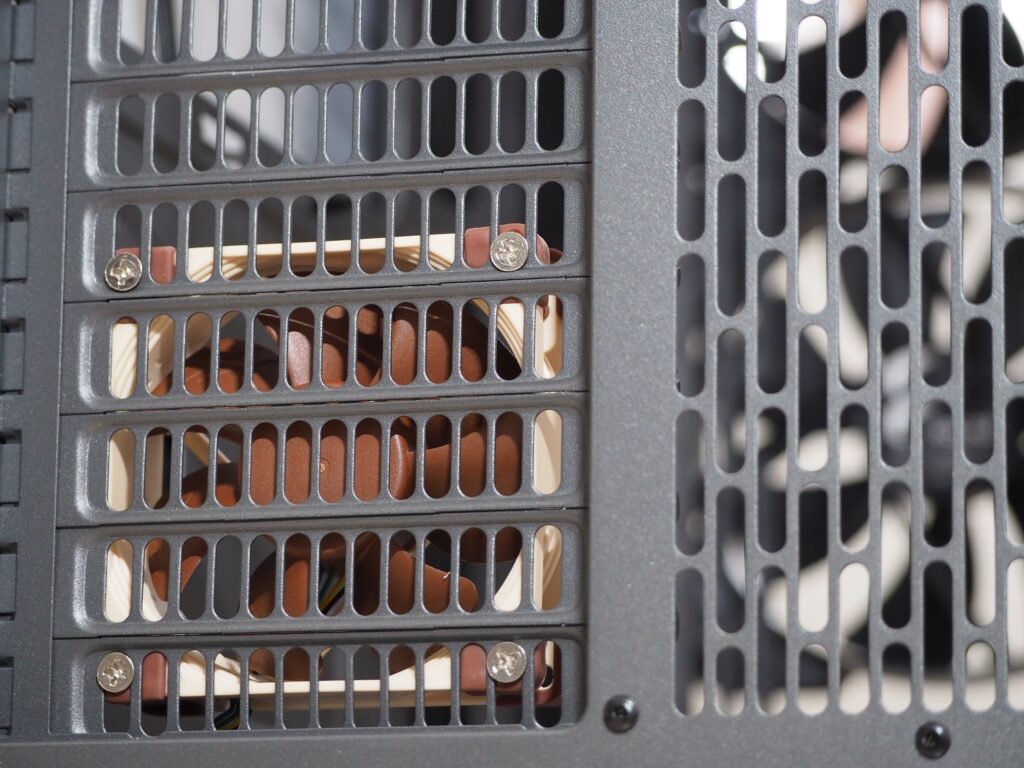
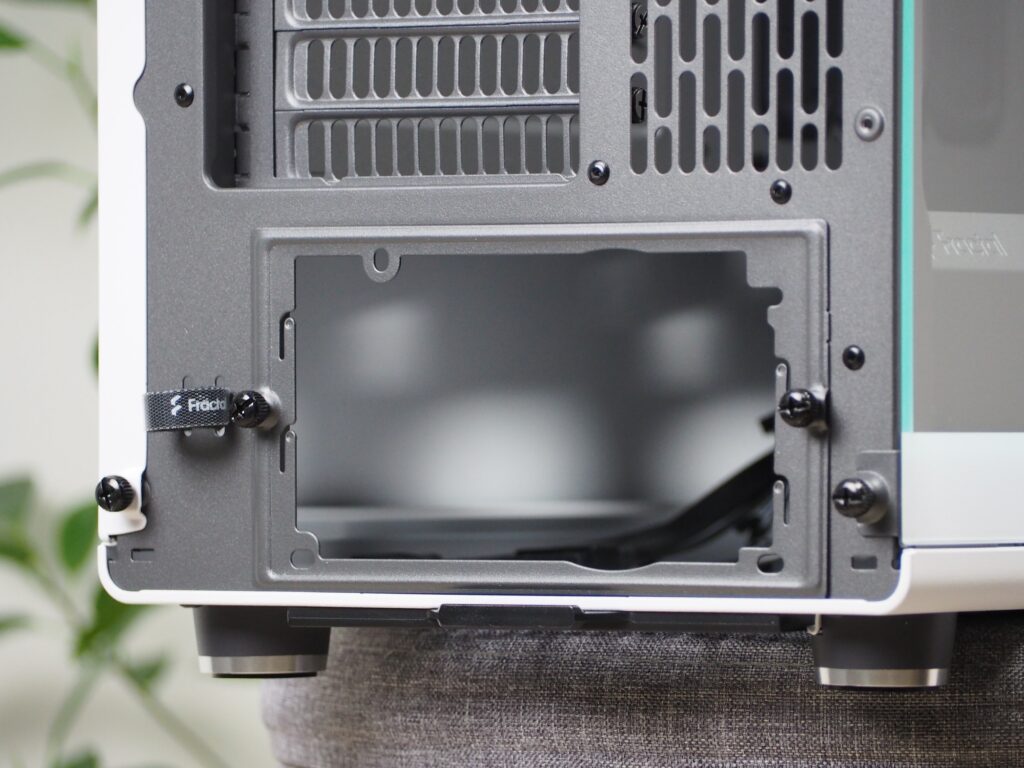
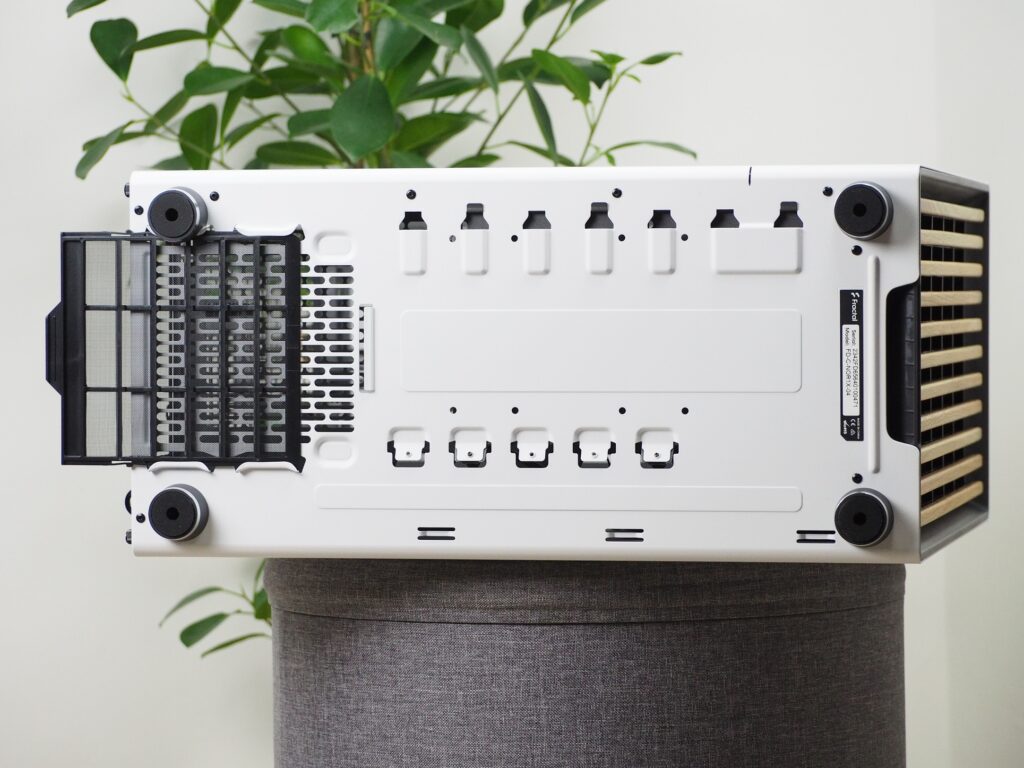


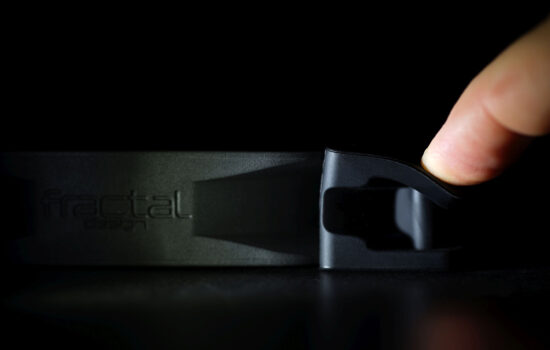



So, this is Martin’s last case test for a while at least.
Thank you for all the dedication and especially the patience, which is really admirable when testing at night before getting up everyday for your main job. I hope you are not quitting permanently and will come back to these things one day. 🙂